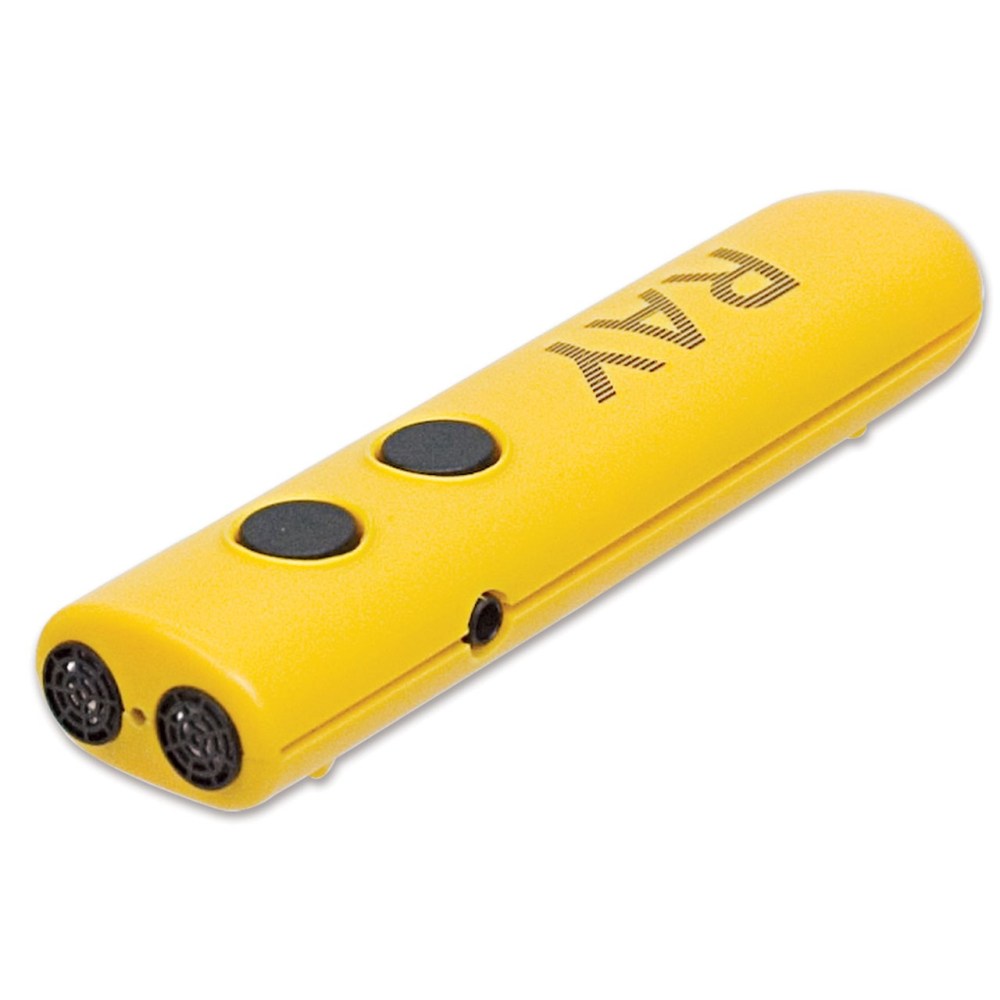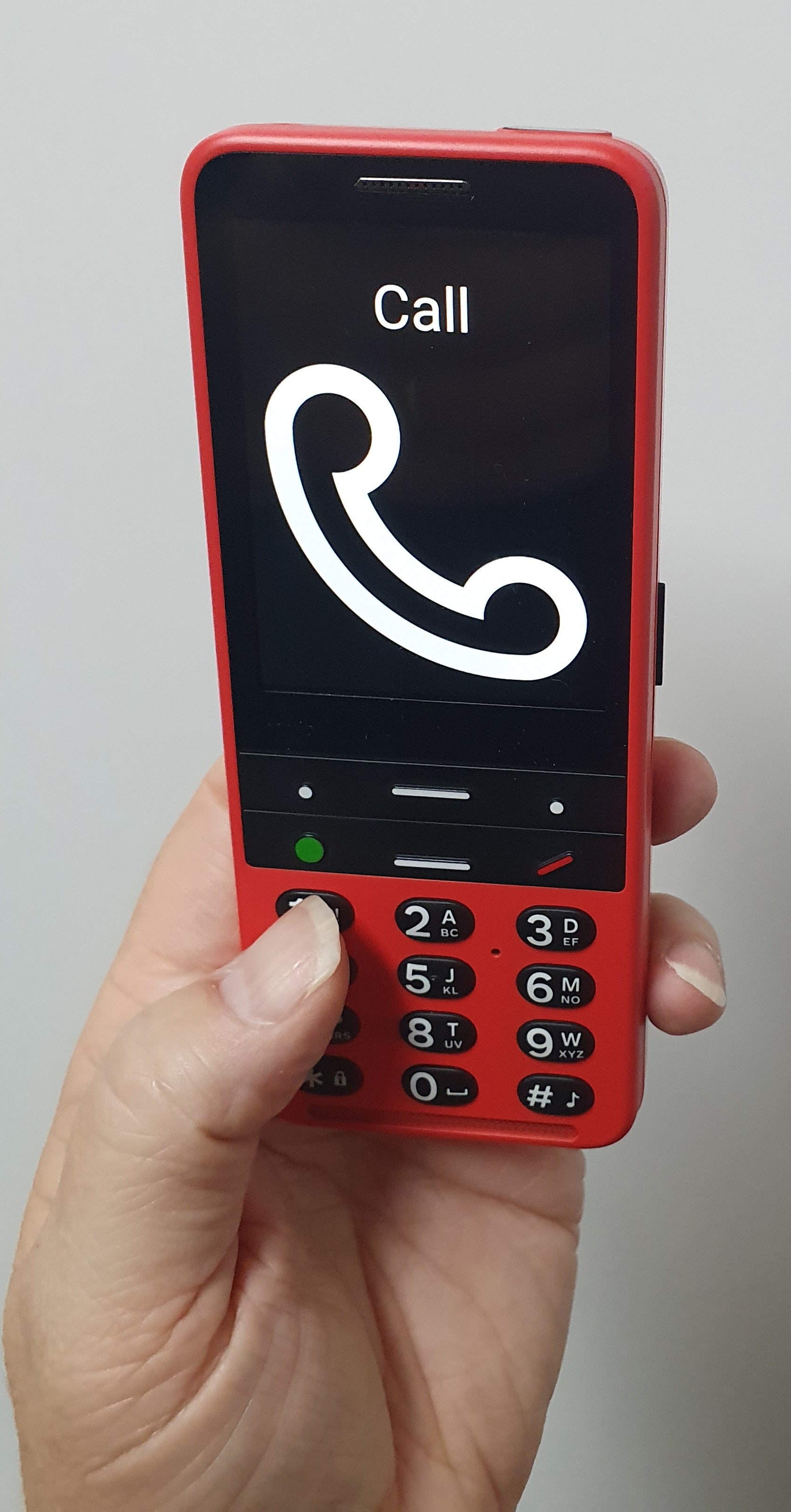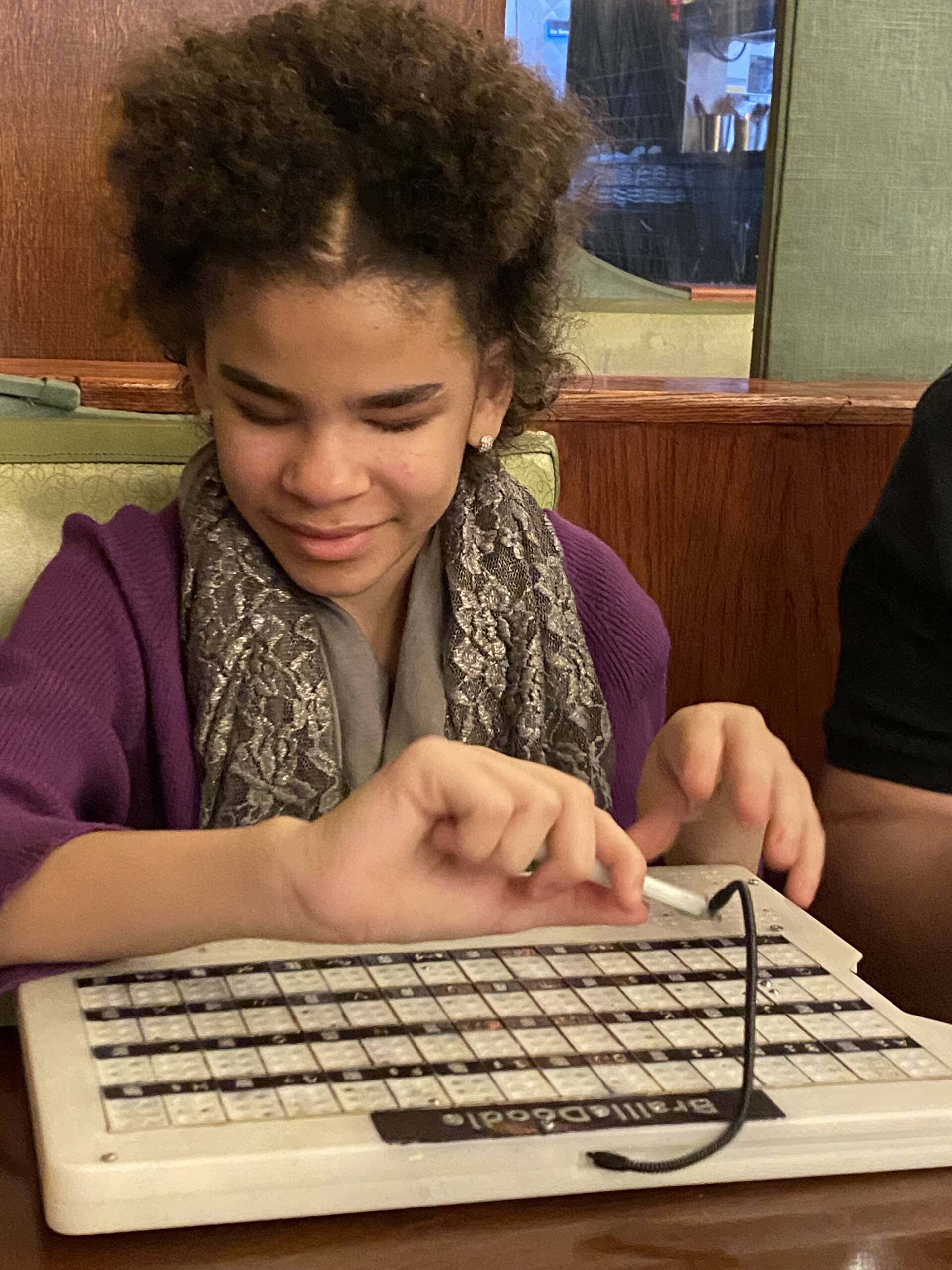Empowering Independence With Assistive Innovation for the Blind
The assimilation of assistive modern technology into the lives of people with visual disabilities stands for a considerable advancement in advertising freedom and self-sufficiency. From ingenious screen viewers to advanced clever canes, these tools not just enhance daily navigating and interaction yet likewise encourage customers to engage meaningfully in various aspects of life. As we discover the myriad benefits and real-world applications of these modern technologies, it comes to be critical to analyze the underlying variables that add to their effectiveness and the capacity for future growths in this essential field.
Review of Assistive Innovation

The development of assistive technology is based in principles of inclusivity and empowerment. Developments in software program, hardware, and sensory enhancements supply individuals with choices customized to their specific needs. From screen viewers that convert text to speech, to responsive devices that share info through touch, these tools change the means individuals involve with their surroundings.
In enhancement to functional applications, assistive modern technology promotes higher social inclusion and involvement in numerous markets, including education and learning and employment (Mobility aids for visually impaired users). As research study and growth continue to advance, the possibility for assistive innovation to further boost the lives of visually damaged individuals remains encouraging, leading the way for an extra equitable society where every person can thrive
Kinds Of Assistive Gadgets
A variety of assistive gadgets have emerged to support people with aesthetic impairments, each developed to satisfy specific requirements and boost everyday performance. These devices range from low-tech remedies to modern innovations, offering diverse alternatives for users.
Low-tech gadgets consist of magnifiers and large-print materials that help in reading and writing. Braille devices, such as Braille slates and stylus pens, allow tactile reading and communication. Orientation and flexibility aids, like white canes, help customers browse their atmosphere safely.
On the greater end of the spectrum, electronic zoom systems and display viewers supply substantial support. Electronic magnifiers allow users to increase the size of message and pictures on screens, while display visitors convert digital content into manufactured speech, helping with access to information on computer systems and mobile phones.
Smart device applications likewise play a vital role, offering attributes like text recognition and navigation help. Wearable innovation, such as clever glasses outfitted with increased fact, is emerging as an appealing device to enhance situational recognition.
Benefits of Assistive Technology
The assimilation of assistive technology considerably enhances the top quality of life for individuals with aesthetic impairments. These technologies empower users by promoting self-reliance, allowing them to navigate their atmospheres better and execute everyday jobs with higher ease. For example, display viewers and magnifying software application enable individuals to accessibility digital details, cultivating specialist and educational opportunities that may have formerly been out of reach.
Furthermore, assistive devices such as clever walking canes and general practitioners applications provide real-time navigating help, enhancing mobility and security. This raised autonomy not just improves self-esteem but likewise urges social involvement, allowing individuals to take part more completely in their neighborhoods.
Assistive technology also facilitates interaction, helping individuals get in touch with others with voice recognition and text-to-speech applications. This capability is important for preserving partnerships and accessing critical information.
Furthermore, the personalization alternatives offered with numerous assistive modern technologies make sure that individuals can tailor tools to their particular demands, further improving use and performance. Overall, the advantages of assistive innovation for people with aesthetic problems are profound, promoting an extra comprehensive culture where everyone can pursue their aspirations and goals.
Study and Success Stories
Highlighting the transformative effect of assistive innovation, numerous situation research studies show just how individuals with visual problems have effectively incorporated these tools into their every day lives. One compelling example involves a college pupil that utilized display reading software to browse academic materials and on-line resources efficiently. This technology not only promoted her education and learning yet likewise boosted her confidence in taking part in conversations and team tasks.
Another study includes a specialist who uses a mobile phone application created for navigation and object acknowledgment. By utilizing this application, he has actually regained autonomy in both his individual and work settings, allowing him to commute independently and involve more with associates better.
Furthermore, a retired person shared her experience with braille e-readers, which enabled her to access a large selection of literature and remain attached with her community with publication clubs.
These success stories highlight the essential role of assistive modern technology in cultivating independence, improving lifestyle, and advertising social combination for individuals with aesthetic disabilities (Braille displays and notetakers). By embracing these cutting-edge devices, individuals can get rid of obstacles and take chances that add to their expert and personal gratification

Future Patterns in Assistive Technology
Development in assistive innovation is positioned to redefine the landscape of support for people with aesthetic problems. Arising patterns highlight the integration of expert system (AI) and maker discovering, which improve the capability of devices that aid with navigation and details availability. AI-driven applications are now qualified of interpreting aesthetic data in real-time, allowing customers to involve with their atmosphere a lot more independently.
In addition, the growth of wearable technology is progressing swiftly. Smart glasses outfitted with augmented reality (AR) can offer audio summaries of surroundings, transforming just how users communicate with public rooms. These tools not just promote autonomy yet also foster social incorporation.
Furthermore, the Net of Points (IoT) is making homes smarter, permitting seamless connectivity in between daily devices and assistive gadgets. This connection empowers users by enabling voice-activated controls and computerized reactions tailored to private requirements.
Verdict
To conclude, assistive technology plays a critical function in empowering individuals with aesthetic impairments by improving their freedom and involvement with their environments. The diverse variety of tools and applications offered not only promotes navigating and communication yet additionally promotes social combination and chances for individual and expert growth. As innovations proceed in this area, the possibility for boosting the lifestyle for those with aesthetic problems will certainly broaden, fostering greater autonomy and empowerment.

 Devin Ratray Then & Now!
Devin Ratray Then & Now! Molly Ringwald Then & Now!
Molly Ringwald Then & Now! Macaulay Culkin Then & Now!
Macaulay Culkin Then & Now! Karyn Parsons Then & Now!
Karyn Parsons Then & Now! Nadia Bjorlin Then & Now!
Nadia Bjorlin Then & Now!